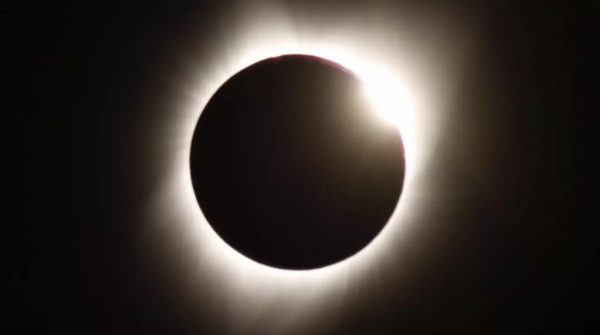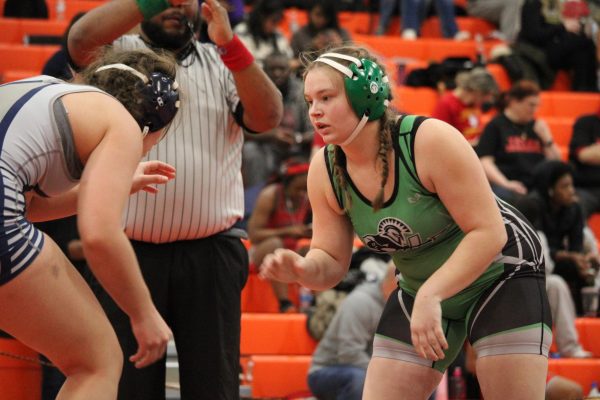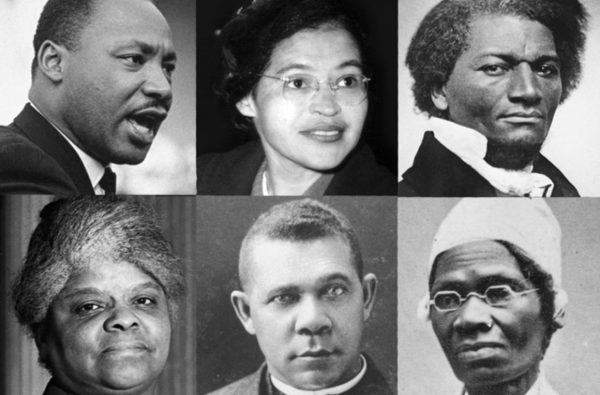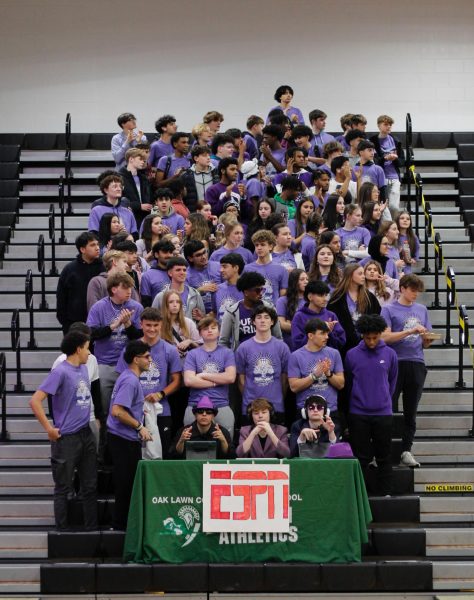The Parisian Attacks: a Recapitulation
December 2, 2015
What was labeled as an “act of war” by French President Francois Hollande recently sent the entire global community into shock, sympathy, and outrage: the obscene and egregious attacks conducted purportedly by the Islamic State of Iraq and Syria against targets in Paris, France. The nature of the poignant attacks included bomb blasts and shootings that claimed, in all, over 130 dead and hundreds in critical condition. Social media exploded with all means of tribute and support to the victims of the violence, some being very tearful outreaches. In mere hours, the entire world seemed to have had directed its ears toward France, waiting for the next snippet of news or updates on victims.
According to Paris chief prosecutor, Francois Molins, attacks were carried against targets in three coordinated teams, which are assumed to have had close liaisons during their actions. Wasting no time in searching for possible culprits, French police have carried out nearly 200 raids across France. These raids have gone even as far as the city of Brussels in Belgium.
The Islamic State of Iraq and Syria (ISIS) claimed responsibility shortly after images were broadcast, stating that “eight brothers wearing explosive belts and carrying assault rifles” conducted attacks on “carefully chosen” targets. The apparent casus beli was claimed to have been the recent French involvement in airstrikes over ISIS-controlled territory.
President Francois Hollande, in the face of reports agreeing with ISIS’s culpability, retorted, “So France will be merciless in its response to the Islamic State militants,” he said, also vowing to bring the fight “on every battleground here and abroad together with our allies.”
It was Friday, November 13. The chaos started at the Stade de France, a large-capacity stadium in the northern edges of Paris, which was to be the site of an international friendly football game between France and Germany. 80,000 people had come to attend the game.
A man was, reportedly, halted at an entrance to the stadium for having a belt strapped with bombs. The man escaped the hands of security guards and promptly detonated himself after running to another entrance, killing himself and a passer-by. The game screeched to a stop, and the president was rushed to safety. Another suicide bomber executed himself and a few passers-by at another entrance. A third blew himself up at a nearby restaurant, only twenty minutes after the first two explosions at 21:30.
While these bombings took place, other attacks were being carried around 21:32 at the tenth district, near the Palace de la Republique: gunmen having arrived at popular nightlife spots.
“We heard the sound of guns, 30-second bursts. It was endless. We thought it was fireworks,” said Pierre Montfort, a resident living close to Le Petit Cambodge.
People eventually realized they were under fire and reached for safety behind tables; some remembered seeing the corpses from a distance. Witnesses remembered seeing a gunman finish with one street, cross to another, shoot at people hiding in bars, and then leave in a black Seat.
Other gunmen also reached La Casa Nostra pizzeria in rue de la Fontaine au Roi, whereat they fired at terraces full of people, killing five. In total, at least seventeen died within those moments to gunshot wounds.
“[The firing] lasted at least three minutes,” one witness said. “Then they got back in their car and headed towards the Charonne station.”
Again, the same black Seat was reportedly the means of transportation for the terrorists.
Another suicide bomber, identified as Braham Abdeslam, killed himself at Le Comptoir Voltaire on the Boulevard Voltaire shortly after 21:40.
Into midnight, perhaps the bloodiest attack occurred at the Bataclan hall on the Boulevard Voltaire, where Californian rock group Eagles of Death Metal was having a concert. The hall was sold-out with 1,500 attendants. Leaving their black Volkswagen Polo, three attackers stormed the Bataclan, armed with assault rifles. Witnesses reported seeing the gunmen fire into the crowd, killing 89 and leaving nearly 100 in critical condition.
Most people managed to escape the scene through the emergency exit, while others crowded the roof of the hall.
Elite security forces were called around 00:20, where a short siege was conducted of the Bataclan. Forces eventually stormed the entrance and shot one of the attackers, detonating bombs strapped to him. The two other attackers blew themselves later, as the hall was contained.
Two of the bombers have since been identified as Omar Ismail Mostefai, 29 and Samy Animour, 28. The third man has yet to be named.
Another team of terrorists were foiled two days later by police when they stormed an apartment in the Paris suburb of St. Denis, in search of Abdelhamid Abaaoud, the alleged mastermind of the earlier attacks. A woman, reportedly Abaaoud’s cousin, blew herself up during a firefight that took place in the building, one of several explosions that occurred in the building. Thousands of munitions and a large supply of weapons were found in the rubble and scorched remains of the rooms. The confrontation nearly brought the apartment to collapse.
President Francois Hollande has spoken with many world leaders, and the effusive support for France continues to pour.
Calling to the National Security Council, US President Barack Obama called the attacks “an outrageous attempt to terrorize innocent civilians.”
The Vatican released a statement labeling the events as “an attack on peace for all humanity” and urging for immediate global response to counter the spread hatred and terrorism.
Mass distaste with Hollande’s government and its actions have been prevalent within the French population, which has overwhelmingly blamed Hollande for France’s current state of war, imputing his participation in military action in Syria as the principal reason for the attack on Paris. News of the government’s being informed of the terrorists beforehand sparked sharp criticism, as both Israel and the US had sent warnings of the identified bombers’ records months before.
Whereas ISIS has clearly showed within only a short time its reach and capabilities—it too has been connected to the fall of the Russian airliner over Sinai, the assertion grows that ISIS aims to strike its enemies wheresoever they may be. Questions have now arisen the real safety of possible targets in both Europe and the United States. One thing is certain: that the global community must begin to learn the lessons required to face this now evolving threat to world security.










